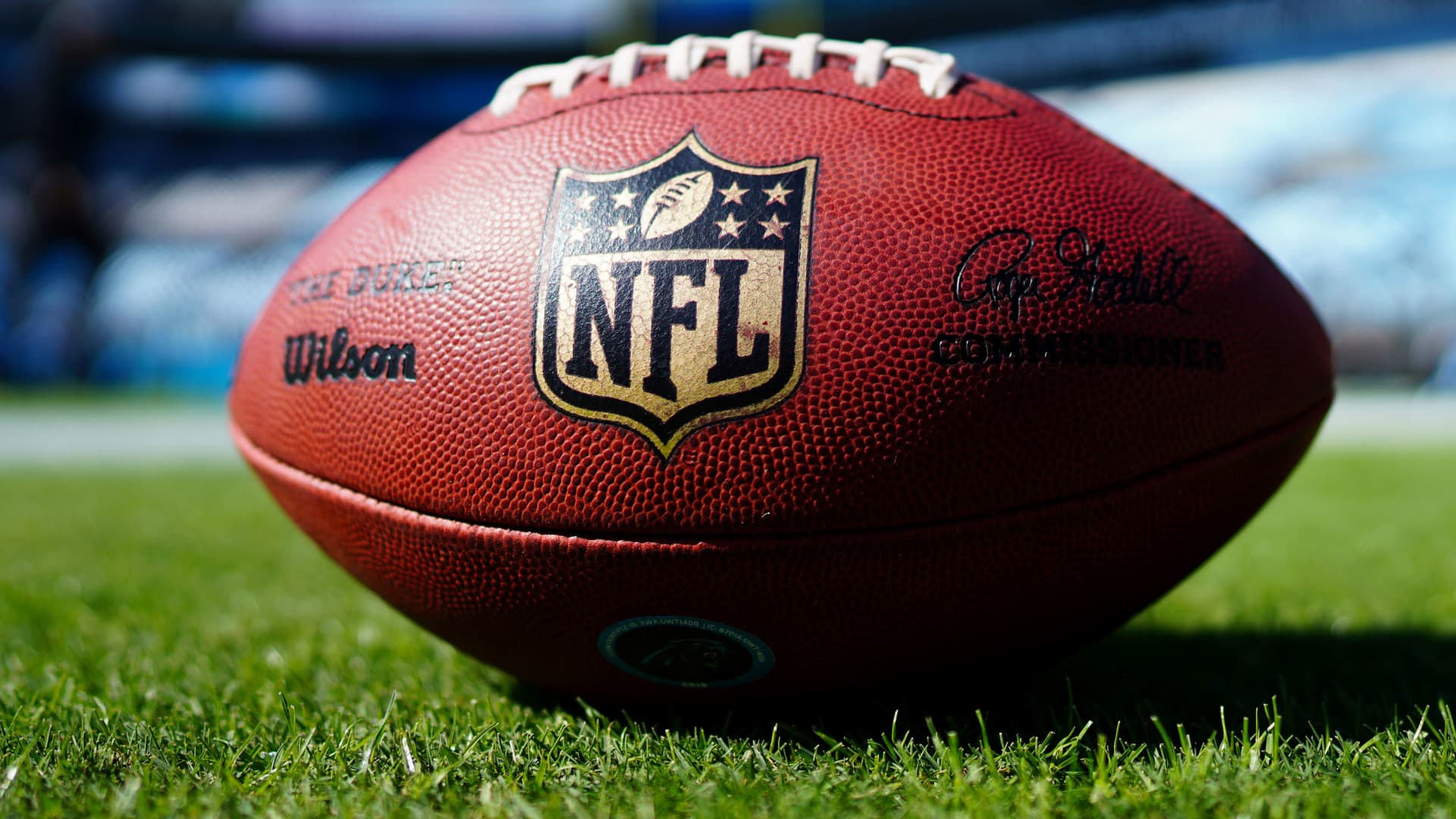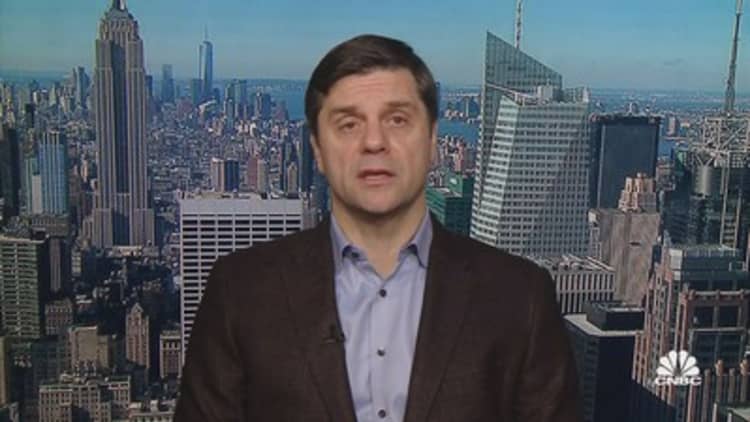
In a groundbreaking move for sports broadcasting, the Miami Dolphins and the New York Jets are set to compete in the National Football League’s inaugural Black Friday game, marking a significant shift from traditional broadcast to streaming platforms. The much-anticipated matchup will stream exclusively on Amazon’s Prime Video, deviating from the conventional cable or broadcast presentation.
This strategic decision by the NFL to partner with a streaming service for the post-Thanksgiving game underscores the growing challenges facing linear TV, including declining ad revenue and the increasing trend of cord-cutting among viewers. The move to Amazon Prime Video represents a broader trend in the entertainment and sports industry towards digital platforms, catering to a more tech-savvy and on-demand audience.
The Black Friday game is an extension of Amazon’s existing agreement with the NFL to host “Thursday Night Football,” credited with a 6% increase in NFL viewership over the past year. By scheduling the game for the day after Thanksgiving, Amazon positions itself to capture a significant portion of the holiday viewership, building on last year’s record-breaking audience numbers.
Brian Rolapp, the NFL’s Chief Media and Business Officer, expressed optimism about the viewership prospects for the historic game, although he refrained from making specific predictions. “I don’t make predictions on ratings, but I think they’ll be good,” Rolapp stated in an interview with CNBC’s Julia Boorstin. The game will kick off at 3 p.m. ET, offering a unique entertainment option for Black Friday shoppers and football fans.
Thanksgiving Day is steeped in NFL tradition, with the Detroit Lions and Dallas Cowboys typically headlining the holiday’s football matchups. This year will be no different, with Fox, CBS, and NBC all broadcasting games on Thanksgiving Day. However, introducing a Black Friday game exclusively on a streaming platform marks a new chapter in the NFL’s holiday offerings, potentially setting the stage for future expansions into digital-first broadcasting initiatives.
As the NFL and Amazon Prime Video gear up for this historic game, fans are poised to experience the convenience and accessibility of streaming, possibly heralding a new era in how sports are consumed globally.

The National Football League (NFL) and Amazon have set their sights on making the Black Friday football game a new annual holiday tradition. During a media conference on Tuesday, executives made this announcement, highlighting the innovative strategies to integrate sports viewing with interactive e-commerce experiences.
In an inventive move to intertwine sports entertainment with shopping, the upcoming Black Friday game streamed exclusively on Amazon’s Prime Video, will feature QR codes on the broadcast screen. These codes will give viewers direct access to some of Amazon’s Black Friday deals, seamlessly connecting the excitement of NFL action with the convenience of online shopping.
Adding to the entertainment value, country music legend Garth Brooks is slated to perform in an exclusive postgame concert, further enhancing the viewer experience and setting the stage for what Amazon and the NFL hope will be a memorable holiday tradition.
The partnership between the NFL and Amazon, including their 11-year agreement to stream “Thursday Night Football,” represents a broader shift in the sports broadcasting landscape from traditional cable to digital platforms. YouTube TV’s acquisition of the “NFL Sunday Ticket” package is another testament to this trend, signifying a growing appetite among consumers for streaming live sports events.
Further illustrating the movement towards digital, Warner Bros. Discovery recently launched a Bleacher Report Sports Add-On Tier for its Max streaming service. This addition offers subscribers access to hundreds of live sports events, catering to the demand for flexible and diverse viewing options.
These developments mark a pivotal moment in the evolution of sports broadcasting, where the integration of live sports, entertainment, and e-commerce on streaming platforms is reshaping how audiences engage with their favourite events. As the NFL and Amazon embark on this new Black Friday venture, they aim to captivate football fans and pioneer a unique and interactive viewing experience that could define the future of sports entertainment.
ESPN’s Planned Streaming Service Could Accelerate Shift from Cable, But Challenges Remain
As the landscape of television consumption continues to evolve, ESPN is gearing up to launch a comprehensive direct-to-consumer (DTC) streaming platform by 2025, signalling a potential shift in the sports broadcasting industry. While ESPN dominates sports programming on traditional TV, its move to streaming could redefine how fans engage with live sports.
Despite the growing trend towards streaming, sports programming has been a lifeline for cable and traditional TV. Nielsen reports indicate a resurgence in linear TV viewership during the football season, with ESPN capturing the top telecasts in September, primarily football-related. According to Disney’s recent earnings report, this has led to a “modest increase” in ad revenue for ESPN, even as the company sees an overall decline in TV revenue.
However, ESPN’s forthcoming DTC service poses a significant challenge to the traditional TV model. Industry analysts suggest that the introduction of ESPN’s streaming option could be the tipping point for sports fans to cut the cable cord, potentially accelerating the decline of linear TV. “When ESPN puts their DTC product online, depending on the pricing, it may create a critical mass of live sports outside of the bundle to accelerate cord-cutting,” said UBS analyst John Hodulik.
Yet, transitioning from cable to streaming is challenging. According to sports media consultant Patrick Crakes, the economics of pay TV are difficult to replicate in the streaming realm. “There’s no DTC streaming product that scales like pay TV, even today, with pay TV in decline,” he stated. This suggests that the future of sports broadcasting may involve a hybrid model, incorporating streaming services into traditional pay TV bundles, as seen in Disney’s recent agreement with Charter Spectrum.
As ESPN prepares to launch its flagship streaming service, the sports programming world and cable industry are bracing for the impact. While the move has the potential to erode further the traditional cable model, the transition to streaming sports programming faces economic and logistical challenges that could shape the future of how audiences access live sports.
Fox Faces Challenges in Adapting to Streaming Shift, Analysts Say
As the advertising market continues to slow and more consumers cut the cord on traditional TV, Fox Corp may find itself in a precarious position compared to its competitors, according to Macquarie analyst Tim Nollen. Unlike NBCUniversal’s Peacock and other media giants who have ventured into streaming to mitigate losses in linear ad revenue, Fox’s streaming presence is limited to its free, ad-supported service Tubi, leaving it potentially vulnerable to the accelerating shift towards streaming.
Fox has historically focused on strengthening its position within the traditional TV bundle, which has paid off until now. However, with the increasing migration of sports broadcasting to direct-to-consumer (DTC) platforms, Fox’s lack of a comprehensive streaming strategy could pose significant risks to its future growth and sustainability.
In response to concerns about the impact of ESPN and other networks moving sports programming to streaming services, Fox Corp. CFO Steve Tomsic has expressed confidence in Fox’s strong sports content portfolio. He suggested that if a cross-network sports bundle emerges, Fox would likely be a key player due to the desirability of its sports offerings.
Nevertheless, the evolving media landscape and the potential for an accelerated shift from traditional cable bundles to streaming services raise questions about Fox’s long-term strategy and adaptability in a rapidly changing market.





